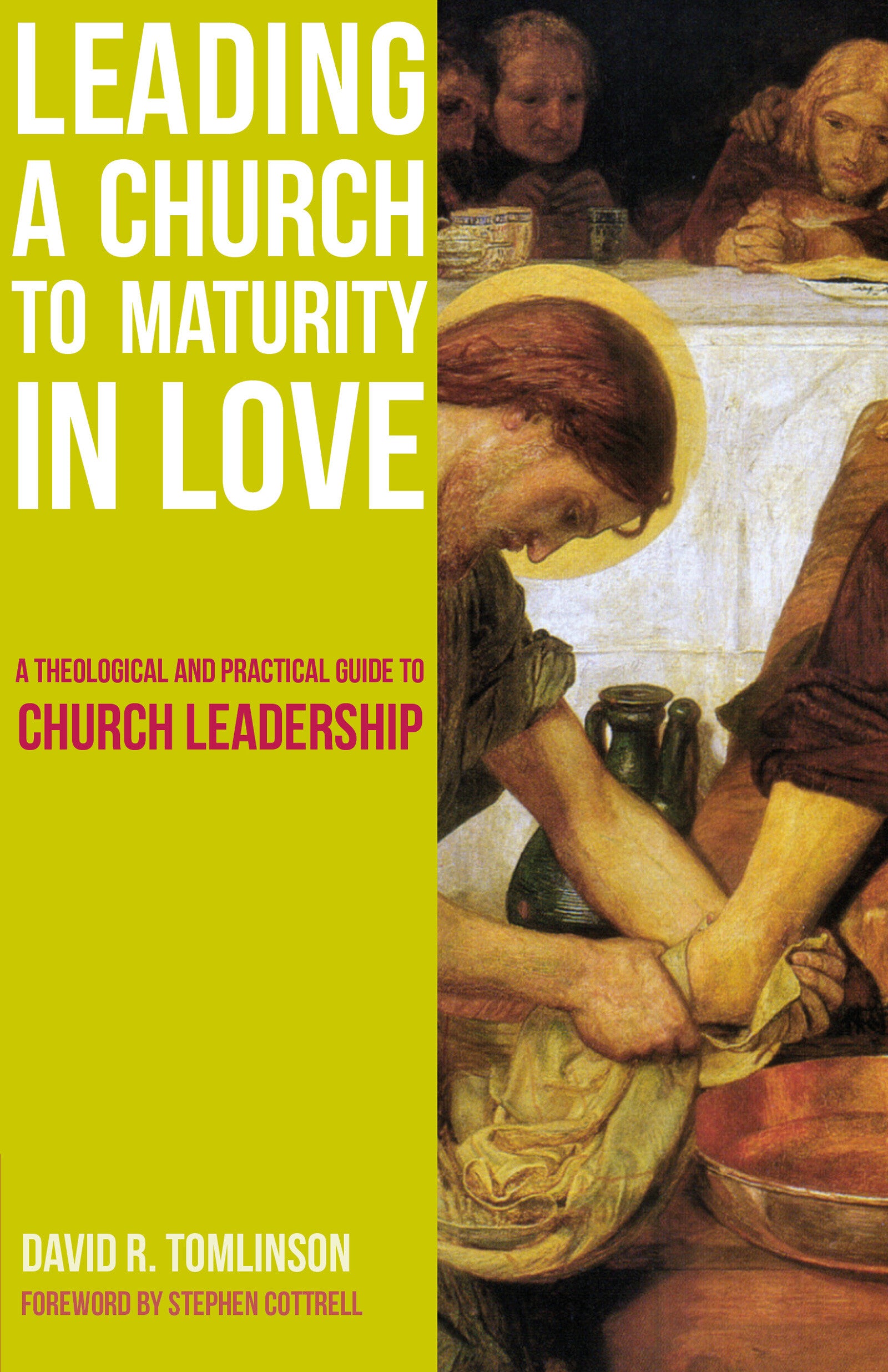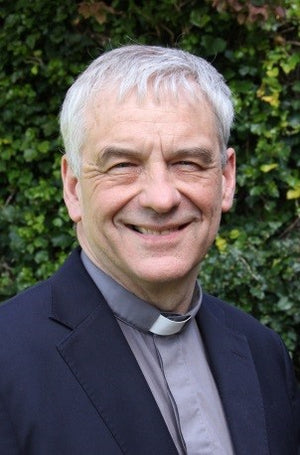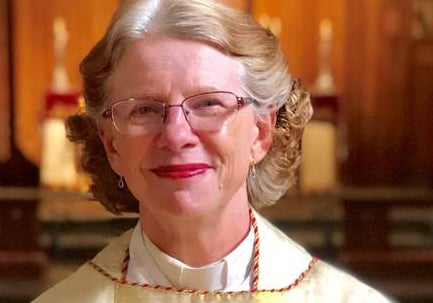
Is it a white candlestick or the outline of two black faces opposite each other? Or is it both? This picture is designed to make you wonder. When you first see it you are likely to see one and, try as you can, you cannot see the other. At this stage you might be quite adamant that what you see is all that there is. Then, if you stare long enough, your eyes eventually adjust and you can see the one you had missed. You become adept at seeing both.
This experience of looking at a picture until you see all that there is to see is instructive for church leadership and is a recurring theme in my book, Leading a Church to Maturity in Love. When you begin leading a new church what you see is complex; can even be bewildering. Slowly you will make sense of it, but the temptation is always to act swiftly to make an impact. On these occasions we do well to remember the maxim of the Roman Emperor Augustus, “go slow to go fast”. Systemic thinking helps us understand that this seemingly contradictory saying is astute (see chapter 2). If we rush ahead, we are likely to make bad decisions that make things worse not better. Through waiting until we understand how the church works, and how the people relate, we can weigh up our options insightfully and decide which one is best. Being patient and taking the long view means that you will take the church further.
The parallels between leading a church and parenting mean that family systems theory has particular wisdom to offer. The four characteristics of a good parent are applicable to a church leader. By having a strong set of values and integrity, you are “self-differentiated”. As a “non-anxious” presence, you help the church behave calmly and think clearly. You stay “emotionally connected” by engaging deeply with those you lead. When you communicate with someone, you always aim to do it directly. If anyone communicates with you through an intermediary, forming a three-way relationship, you “de-triangulate”: you go to the one who wanted to tell you something and re-establish your relationship with them. Seeing the church as a family means that you are going to aim to be self-differentiated, non-anxious, emotionally connected, and, when necessary, to de-triangulate. (See chapter 5)
The insights from systemic thinking and family systems theory can shape the way we lead. Yet they do not address the fundamental question of where we aim to take the church. There is no better place to begin our reflection on this vital topic than with Jesus’ declaration to his first followers, “You are the light of the world” (Matthew 5:14). They are to be the light by which everyone sees God. Notoriously, Jesus eats and drinks with the outcasts of his day, prostitutes, tax-collectors, and publicans (Luke 15:1-2). By enjoying their hospitality Jesus demonstrates the radically inclusive love of God. This love, Jesus teaches, is to characterise the common life of those who follow him. They are to love each other as he has loved them, and by this love the world will recognise them as his disciples (John 13:34-35). This distinctive love validates their discipleship and gives credence to their proclamation of the good news of God’s love in Jesus Christ. (See chapter 1.)
Like every Christian, the leader is primarily a disciple and has to obey the summons “take up your cross daily” (Luke 9:23). Leading a church will stretch you and, at times, the fulfilment of the vision that inspires you – a church where everyone loves everyone else sacrificially – might seem some way off. We are, though, sustained by our faith in God and persevere whatever the challenges we face. We remember that “faith is the assurance of things hoped for, the conviction is things not seen” (Hebrews 11:1). We see that as we work and pray for our churches to become more loving our leadership reflects God’s heart for the Church and the world. (See chapter 14)
What do we see when we look at the people around us in church? They, like us, have their gifts and their shortcomings, but we see more. They are, like us, called to love each other, but we see more. They do, like us, know Jesus Christ, but we see more. With us, they are “the light of the world” and you, and I, as church leaders, have the joy of leading them to maturity in love.











